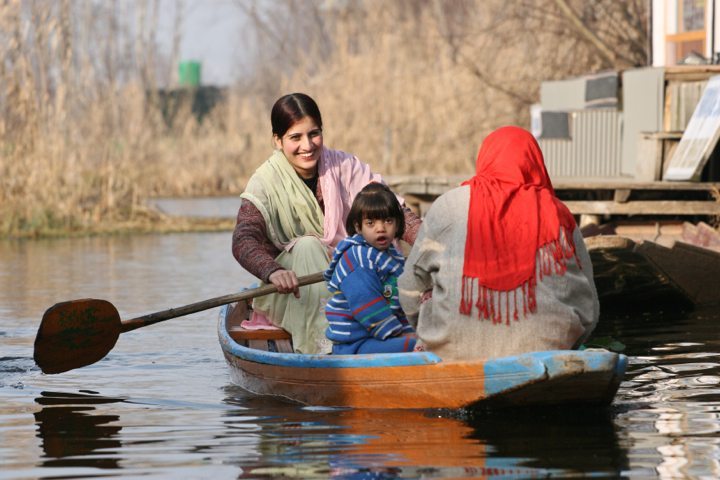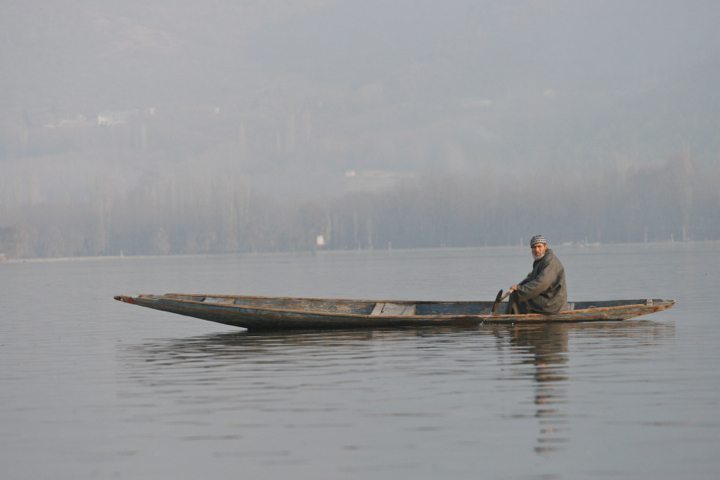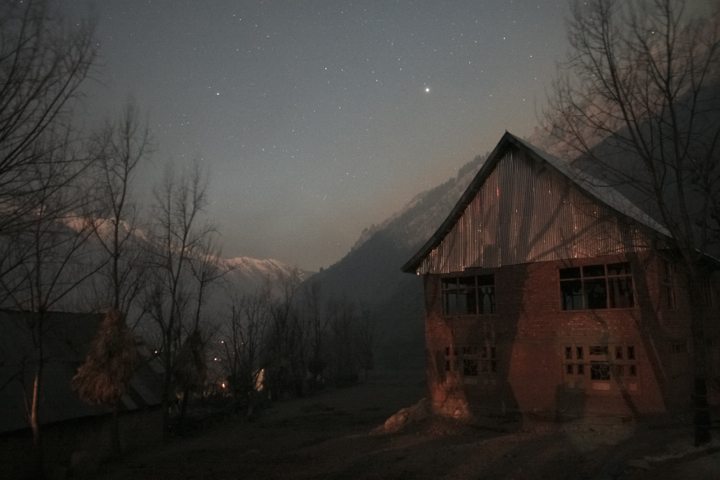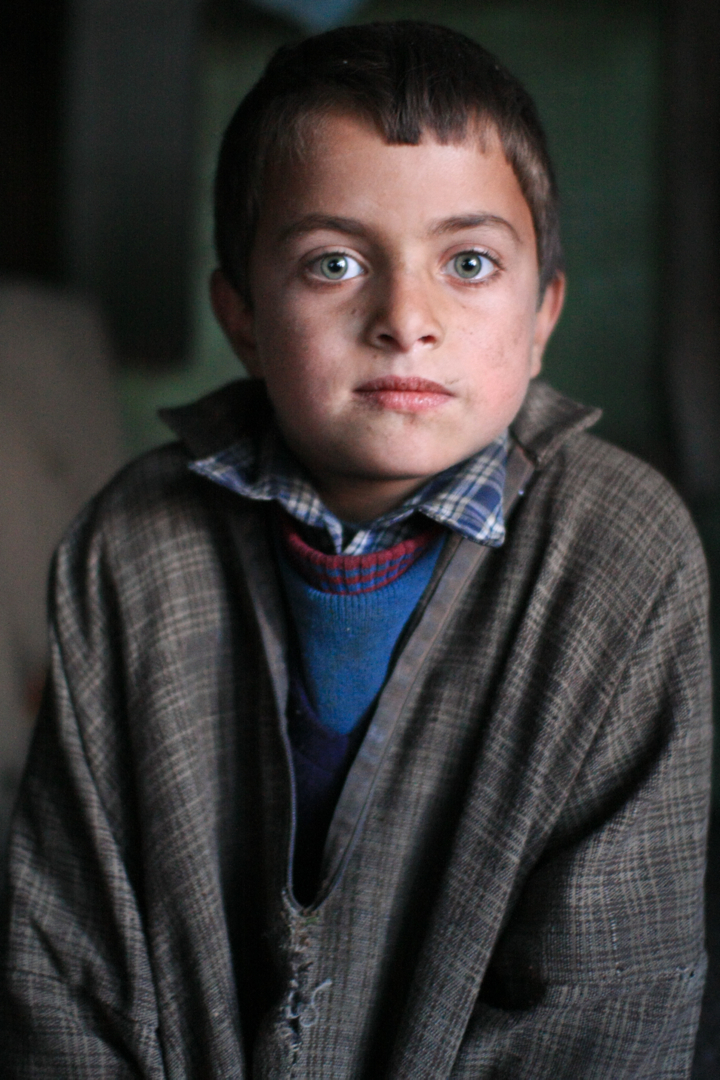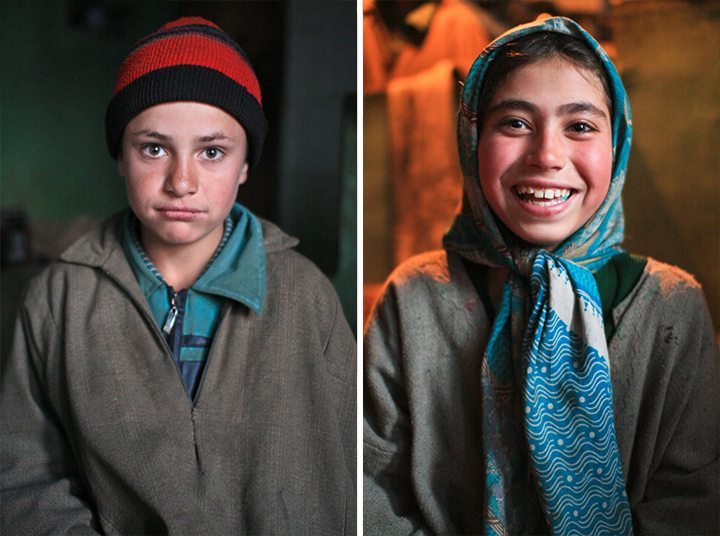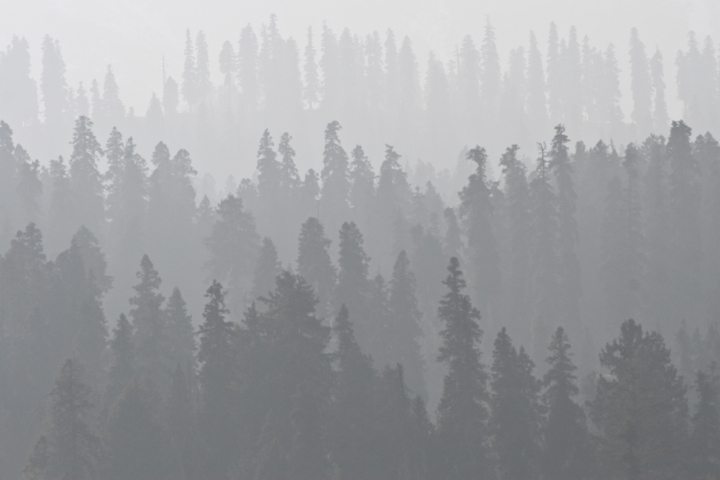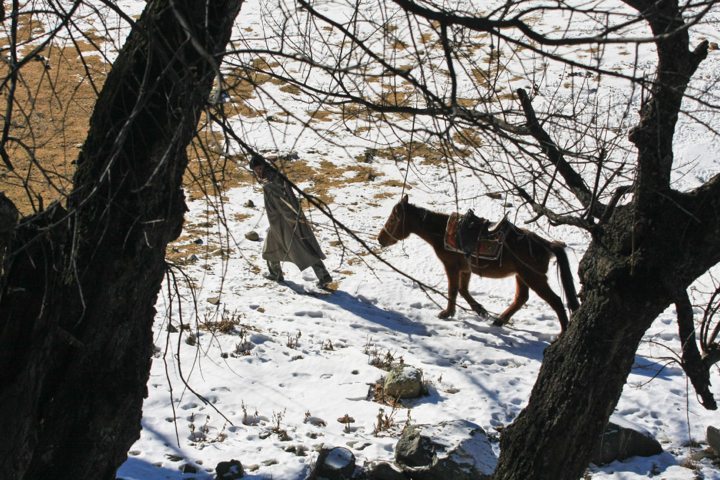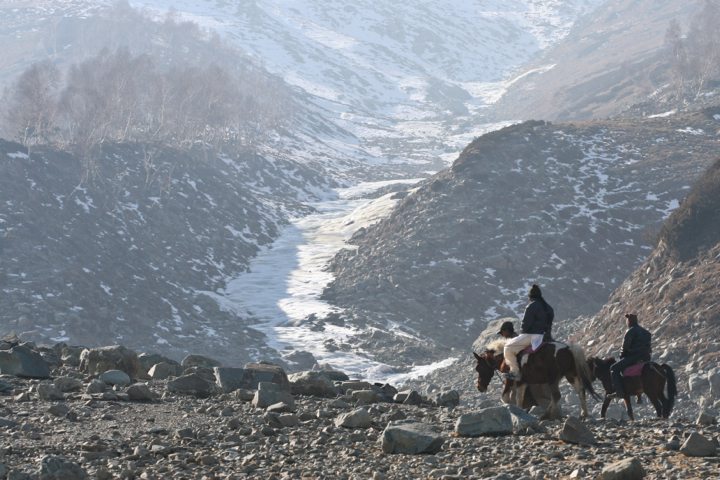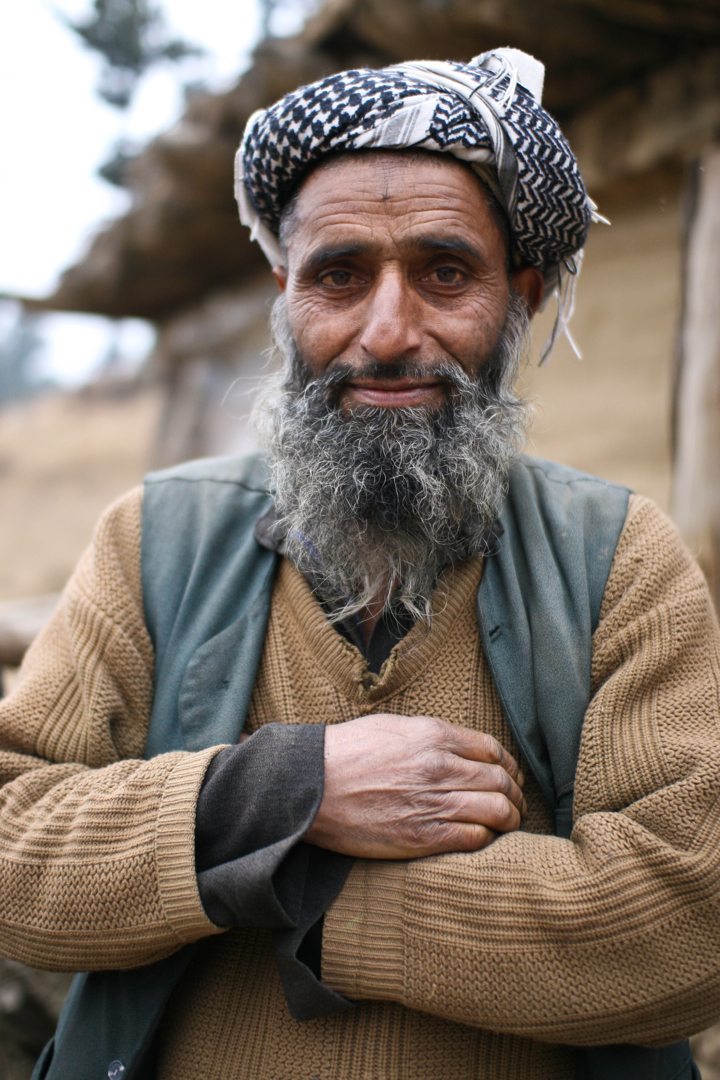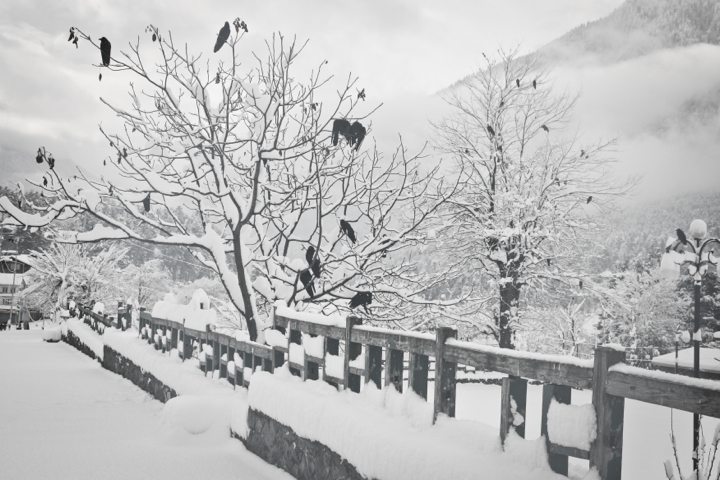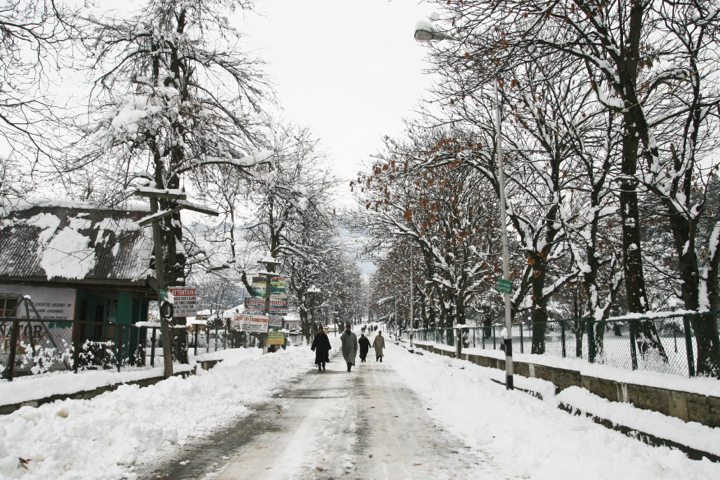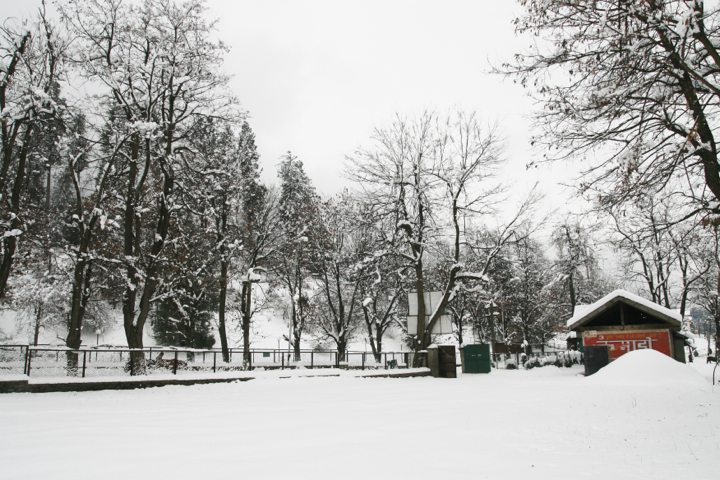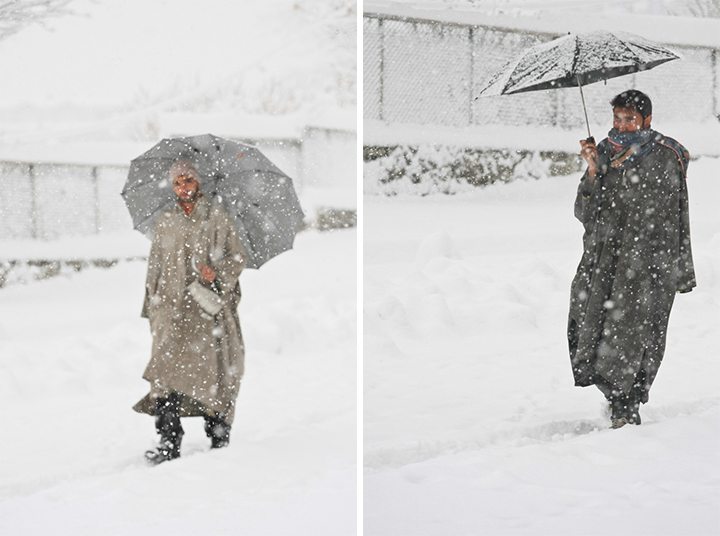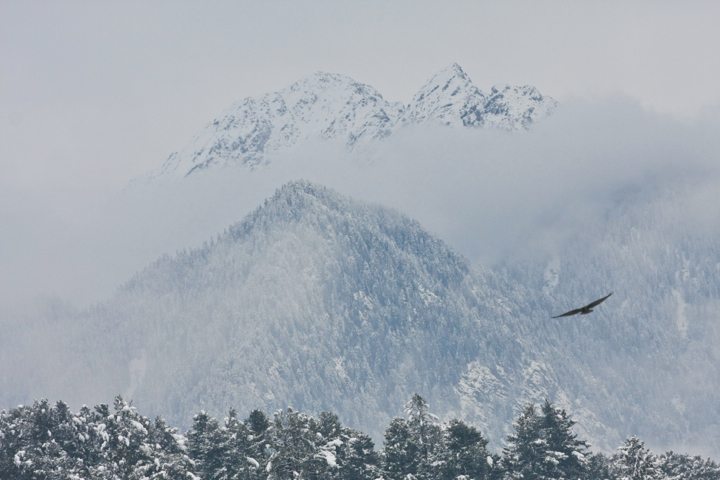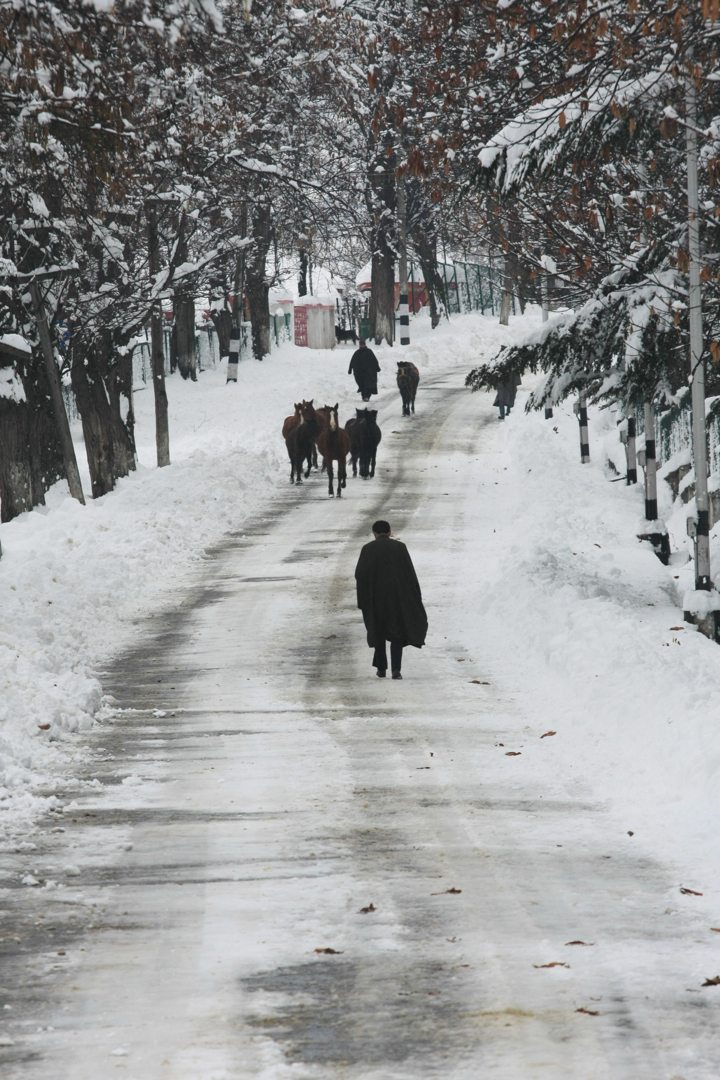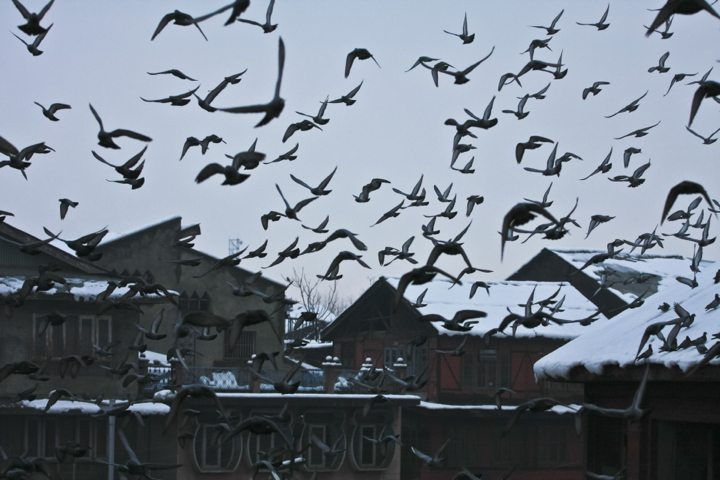When it snows in India // Kashmir
When we told our friends that we would be going to India to do some skiing and a white Christmas, everyone turned to us in disbelief. Most replies we garnered went along this line: “Isn’t India known to be hot ? How can there be snow?”
True to their words, there was no snow in Gulmarg, India’s famous ski resort in Kashmir, at this time of the year. Even in Sonamarg, at an altitude of approximately 3000m, there were only traces of old snow deposited about two months ago.
Although more commonly recognised as a region displaced by war and instability for decades, the Kashmir valley remains a beautiful natural to behold. Tourism is slowly returning to this once hustling region too. Take a walk along Dal Lake and you’ll hear the incessant blarings of “shikara, shikara” , locals touting tourists to catch a ride on their traditional wooden boat ride around Dal Lake.
Predominantly a Muslim state, prayer calls resonate the capital city of Srinagar five times a day. As the day darkened, flocks of crows transform the skies into a makeshift dance arena along with a cacophony of their throaty ‘ahh-ahh-ahh’s”.
As we watched the shikara walla (boat man) dig his spade-shaped oar into the frozen Dal Lake, time seemed to come to a standstill. Every graceful stroke of his oar brought us through rows of boat house perched on the surface of the tranquil lake, emancipating a surreal, peaceful feel to passengers.
The unpredictability of public transport in this remote part of the world is certainly a boon for travellers on a tight schedule. Though our foray into Gagangeer came by chance, it satisfied our sense of adventure. Stranded in Khangan with no jamu (jeeps) heading to Sonamarg due to road closure, we were left no other options but to share a jeep with the locals to Gagangeer – a soon-to-be tourist village, situated en route to Sonamarg. Nestled among the tall mountains, this rural enclave is home to only about 100 kashmiri families.
Our host, Fayaz, gave us a tour of his half-completed guesthouse. As we stood on the bare roof of his half-completed guest house, we were enthralled by his fervent description of his guesthouse’s floorplan.
Two little girls, shy to us, smiled sheepishly as they served us a pot of black kashmiri tea. Tea is served as a gesture of hospitality whenever we visit or return to a Kashmiri house. Flowery motifs lined the pretty tea cups upon which our tea was served as the warmth of the mid-day sun coupled with curls of rising steam drowned the winter chill. What comfort! To show greater hospitality (read: for more tea), Fayaz brought us to his cousin’s house – a simple and charming kashmiri building filled with inquisitive kids.
Void of street lamps, the village of Gagangeer turned pitch black, as the sun retired for the day. Stars illuminated the skies with countless specks of light, delighting its observers with its grandeur and magnificence. However the beauty did not last – at least in Gagangeer. Not long after night fall, the air reeked of smoke, sprouting from the lurid flames of a forest fire. The smoke grew thicker and became unbearable, signifying the end of our star gazing session.
Neele neele ambar (“Blue skies” in urdu)
Is it really happening ?
The unbearable became bearable. The cold wind stopped howling. We felt droplets on our hands. As we stared against the backdrop of deodar trees, our hearts thumped faster. Watching these delicate snowflakes glide about the air somewhat calmed us down. Gypsies can be spotted scurrying back to their mud huts with their gunnysacks full of supplies.
By nightfall, the dirt roads had been given a fresh breath of life. We joined a few local kids in a snowball fight, but our hands quickly succumbed to the cold and we retreated.
We awoke to a mass of white the next morning and, to our surprise, realised that the dirt road had completely disappeared! As we struggled to walk in the knee-deep snow, we relished the beautiful scenery while basking in the winter sun…





